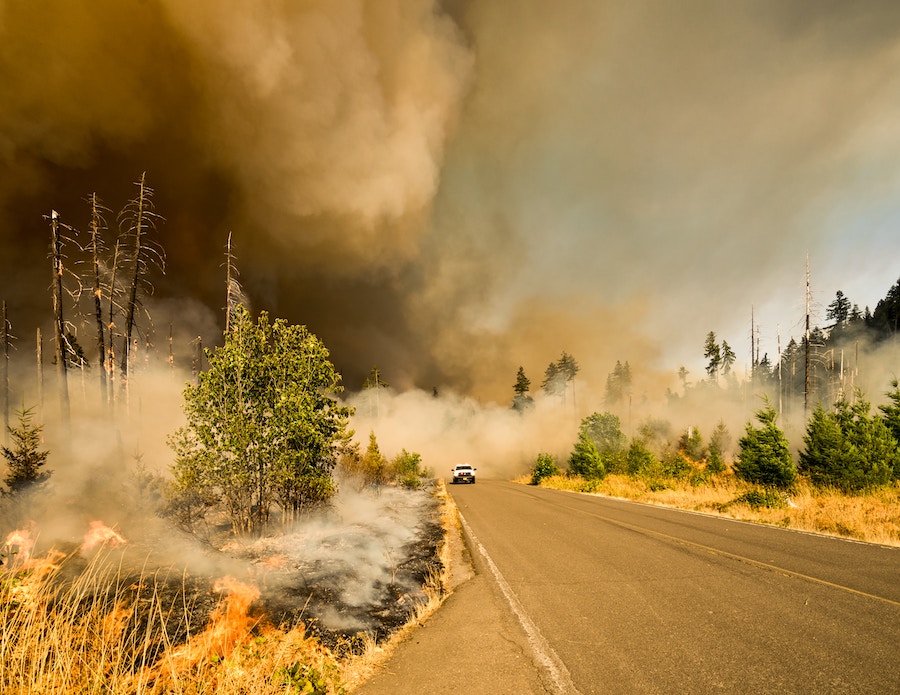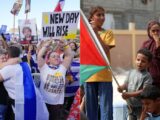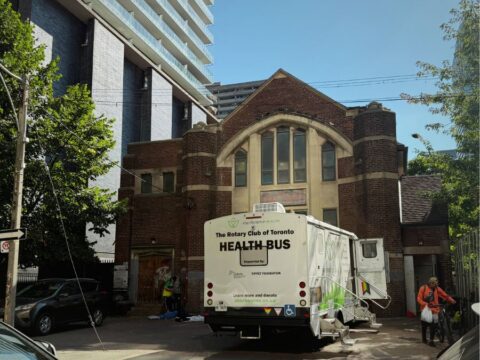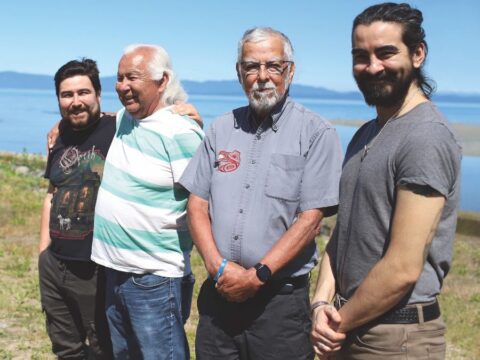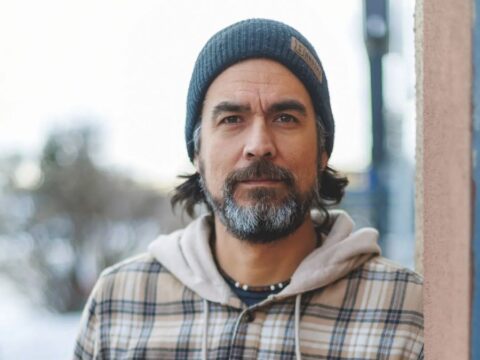This article is republished from The Conversation under a Creative Commons license. Read the original article.
On the evening of Aug. 16, due to rapidly moving wildfires, an evacuation order was issued for the entire city of Yellowknife. Thousands of residents faced a long, stressful drive on the only road out of the city. The goal was for as many people as possible to flee one of the largest cities in Canada’s North before the deadline for safe exit of Aug. 18 at noon Mountain Daylight Time.
You may unsubscribe from any of our newsletters at any time.
As a researcher in disaster and emergency management, I have studied the implications of what happened in Fort McMurray, Alta., in 2016, a similar situation where a large city in Canada’s North faced full evacuation due to fire. I am also a member of a research team at York University that looks at “emergency management for all” — analyzing how the needs of the whole community are met, or not, during mass emergencies.
We studied Fort McMurray’s Muslim community to explore how they experienced mass evacuation. Our research found that the needs of a segment of the population were overlooked during mass evacuation. Perhaps, seven years later, this will not happen again.
Similarities for Fort McMurray
In May 2016, a large fast-moving wildfire jumped from the surrounding rural areas and into the city of Fort McMurray, Alta., causing approximately 88,000 people to flee. Canadians were shocked and saddened by the televised images of slow-moving lines of cars passing in close proximity to massive walls of flames.
In August 2023, Canadians are again seeing disturbing images of slow-moving traffic along smoky two-lane roads in Canada’s remote northern locales. While it is too soon to make detailed comparisons between the Fort McMurray evacuation in 2016 and the ongoing Yellowknife evacuation, there appear to be some things in common.
At both places, evacuations are made more difficult due to northern Canada’s geographic realities. Highway evacuations involve traversing hundreds of kilometres, and airlifts face capacity limits, although an official said there is room for everyone who wants to fly out.
During Fort McMurray’s evacuation, only one southbound road was available for evacuation. Similar to northern Alberta, the Northwest Territories has limited infrastructure, and most people evacuating Yellowknife can only use one road to drive to reception centres hundreds of kilometres south in Alberta.
Culturally appropriate services
While it is hoped that fire conditions change, it is possible that the fire will reach the outskirts of Yellowknife. If that happens, it could be weeks if not months before 20,000 residents can return. Other locales will have to absorb Yellowknife’s entire population for extended periods.
In the immediate short term, the needs of the evacuees will shift from temporary relief to requiring more permanent services. Evacuees will benefit if some semblance of “home away from home” can be provided. That hospitality includes culturally appropriate evacuee hosting.
At the time of the 2016 fire disaster at Fort McMurray, the largest visible minority group was the Muslim community. Today, there are still 7,000 to 10,000 Muslims residing in Fort McMurray.
More on Broadview:
- Lahaina fire burned down historic United Methodist church
- How inclusive community responses can make wildfire evacuations easier
- Why we need climate reparations
Whether it was fully understood during the chaos of the 2016 fire evacuations or not, thousands of people had specific cultural needs that became evident in evacuation centres.
As days turned to weeks, challenges for Muslim evacuees emerged. The disaster occurred during the start of Ramadan, and scheduled mass feeding times in large shelters conflicted with traditional sunrise-to-sunset fasting during Ramadan. Evacuation centres hosting Fort McMurray’s evacuees were unprepared for meeting the needs of the sizeable Muslim population.
Anticipating diverse needs
Like Fort McMurray, Yellowknife is a culturally diverse community. When Yellowknife’s diverse population arrives at reception centres in Alberta, it is an open question whether they will be met with culturally appropriate services. Initial analysis indicates at least three significant distinct cultural groups among the evacuees from Yellowknife.
Canada’s Northwest Territories is home to Indigenous Peoples, and Yellowknife is located on the traditional lands of the Dene First Nation. Friendship centres in Alberta, such as in Grande Prairie and High Level, are offering support, food and other necessities to Indigenous evacuees from the Northwest Territories.
The largest visible minority group in Yellowknife is the Filipino population, with about 1,065 people.
Historically, Yellowknife has attracted a significant number of French-speaking people, and there is a significant francophone community, making up nearly 17 per cent of the city’s population.
There’s no “one size fits all”
As the mass evacuation of Yellowknife unfolds, the needs of minority, racialized and marginalized populations will emerge. Past experiences indicate emergency officials at centres hosting evacuees in Alberta may not be ready to meet the needs of a diverse population.
Again, there exists the potential for minority populations having their needs overlooked by emergency services during mass evacuations. We know from the Fort McMurray experience that social issues related to diversity, equity and inclusion are real-life concerns impacting the evacuation experiences for thousands of Canadians.
The unfolding Yellowknife evacuation effort will not be a one-size-fits-all experience for Northwest Territorians. At this early point in the mass evacuation, it can be anticipated that social and cultural needs of all Yellowknifers will need to be acknowledged and acted upon.
Adaptations to standard operating procedures will need to be made at evacuation centres in Alberta to meet the needs of thousands of people with varying and culturally specific needs arriving from Yellowknife.
***
Jack L. Rozdilsky is an associate professor of disaster and emergency management at York University.

